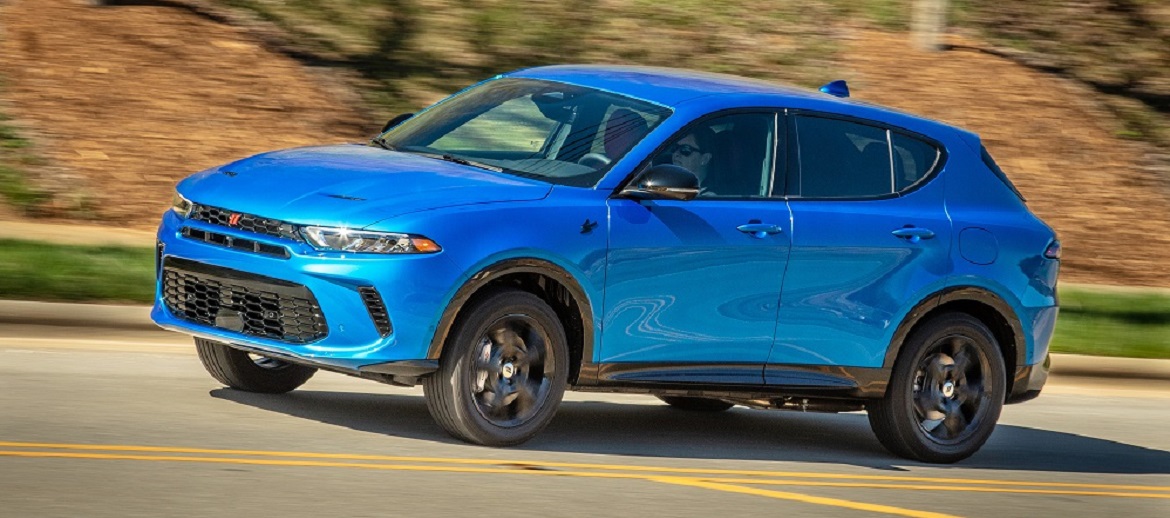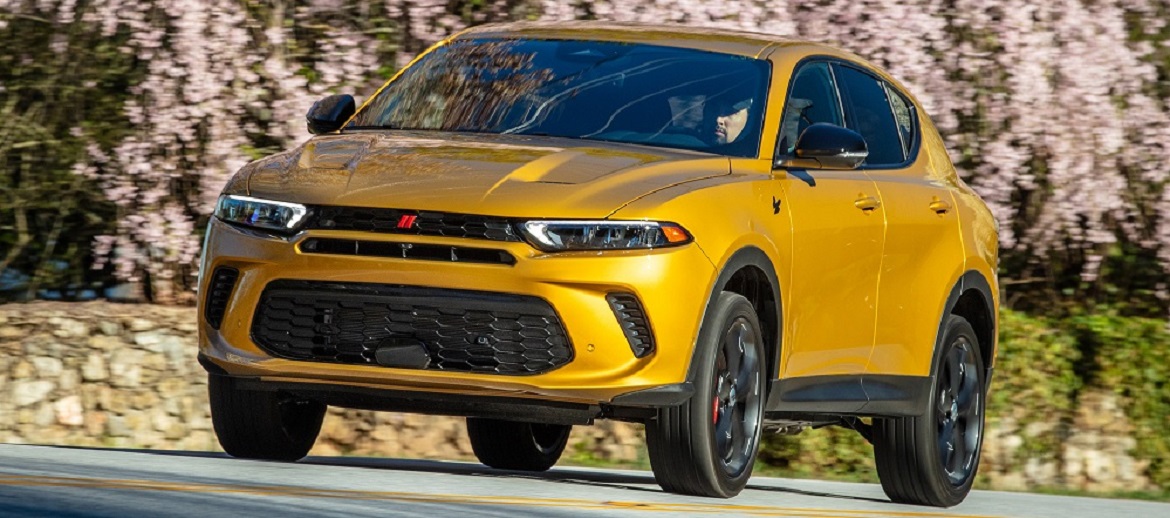2023 Dodge Hornet R/T Perfectly Combines Performance and Efficiency
2 years ago Reviews
When the Dodge Hornet was first introduced last year at the Speed Week event in Pontiac, Michigan, I was interested in seeing how the brand would spice up what I regard as being the least interesting segment in the modern auto industry. I understand that small SUVs and crossovers are quickly becoming the most popular vehicles on sale today, but having driven many vehicles in the segment in the past, I find the group to be dreadfully boring. The majority of the vehicles in this segment are designed to minimize price and maximize fuel economy, usually at the expense of driving dynamics, leading to cheap-feeling vehicles that are slow and handle poorly.
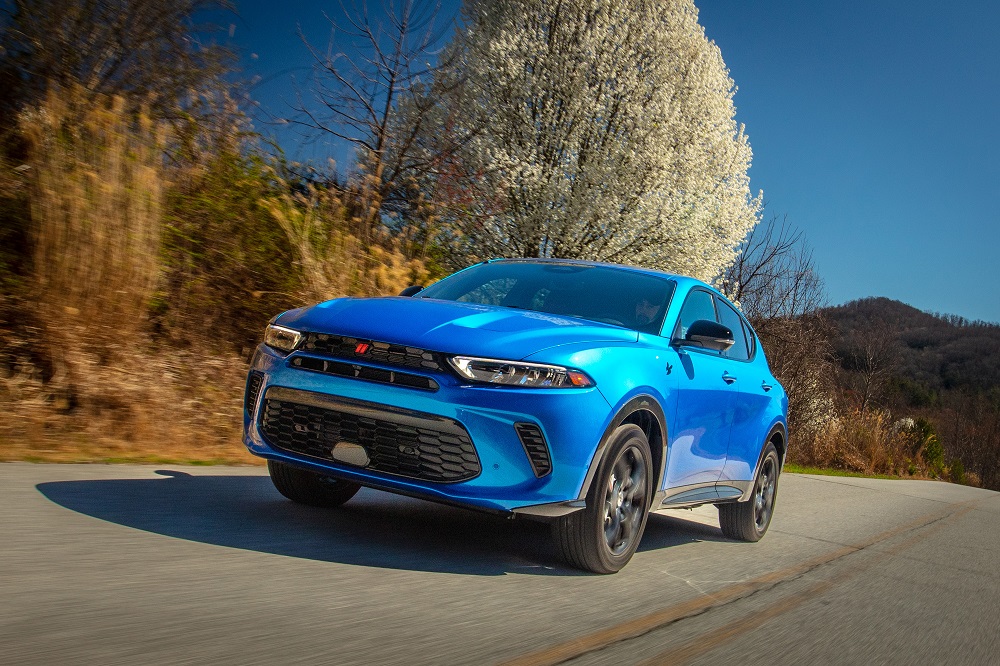
The Dodge Hornet was introduced as the cure for the common compact crossover, and earlier this month, I traveled to Asheville, North Carolina, to be among the first people to put the sporty little CUV to the test. Based on the basic vehicle information, including the powerful engine options, the Koni sport-tuned suspension, Brembo brakes and the performance-adapted hybrid drive system, the Hornet sounds like it would be fun to drive, but with most vehicles in this class coming up so short in the fun-to-drive category, I wondered if Dodge could really solve all of the issues that plague the average small crossover.
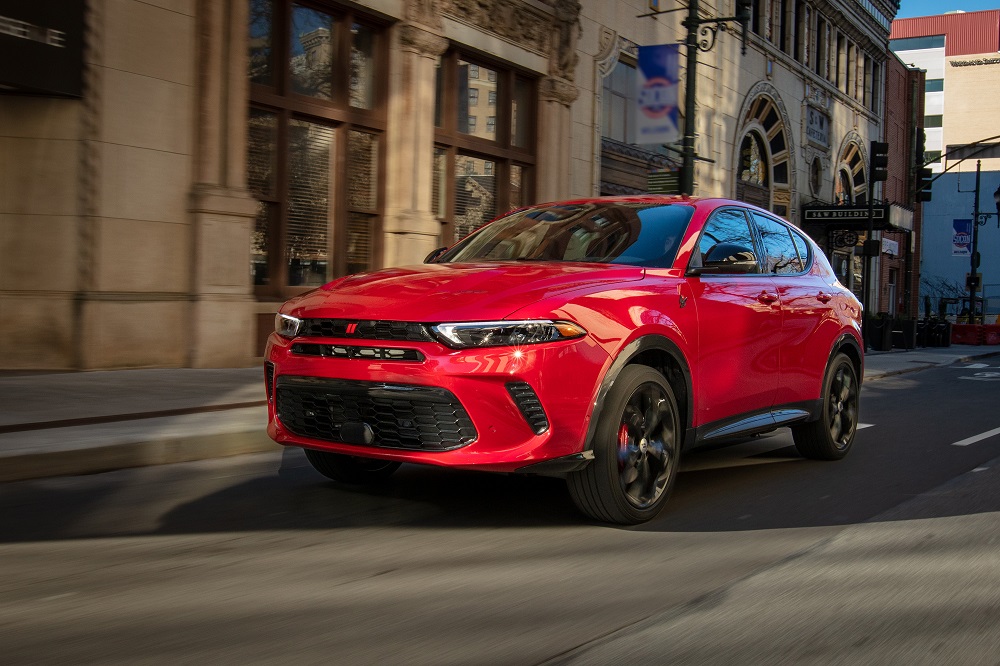
I have test driven hundreds of vehicles over the course of the past few decades, with vehicles in pretty much every automotive segment from most automakers doing business in North America. Very few have truly shocked me, but the new Dodge Hornet did just that, coupling handling that I would not have believed possible from a vehicle in this segment with the most impressive hybrid drive efficiency I have ever experienced in new vehicle testing.
The Fabulous Hybrid Hornet
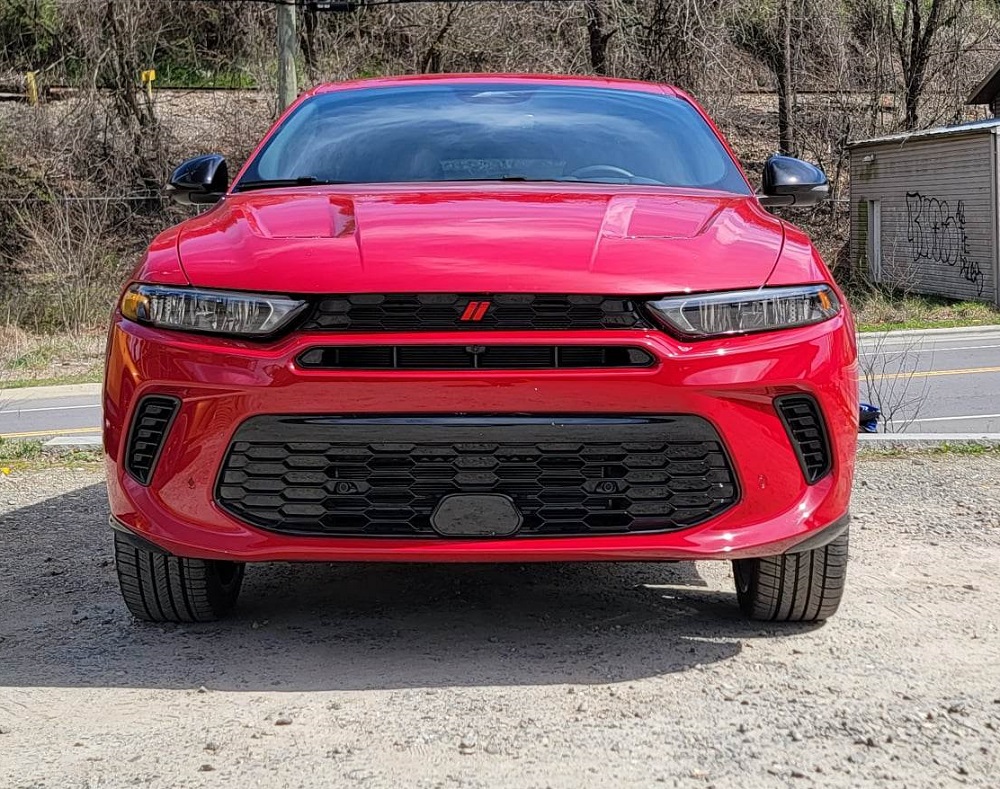
I started my day of driving the 2023 Dodge Hornet with an R/T plug-in hybrid model in Hot Tamale with the Blacktop Package and the Track Pack. The Track Pack is a key addition here, as it adds 20-inch wheels wrapped in Michelin Pilot Sport rubber, Brembo brakes and a dual mode suspension system. Of course, my Hornet R/T test vehicle was equipped with the brand’s first plug-in hybrid drive system, featuring a turbocharged 1.3-liter gasoline engine that powers the front wheels via a 6-speed transmission and an electric drive motor that powers the rear wheels, with a total system output of 288 horsepower and 383 lb-ft of torque.
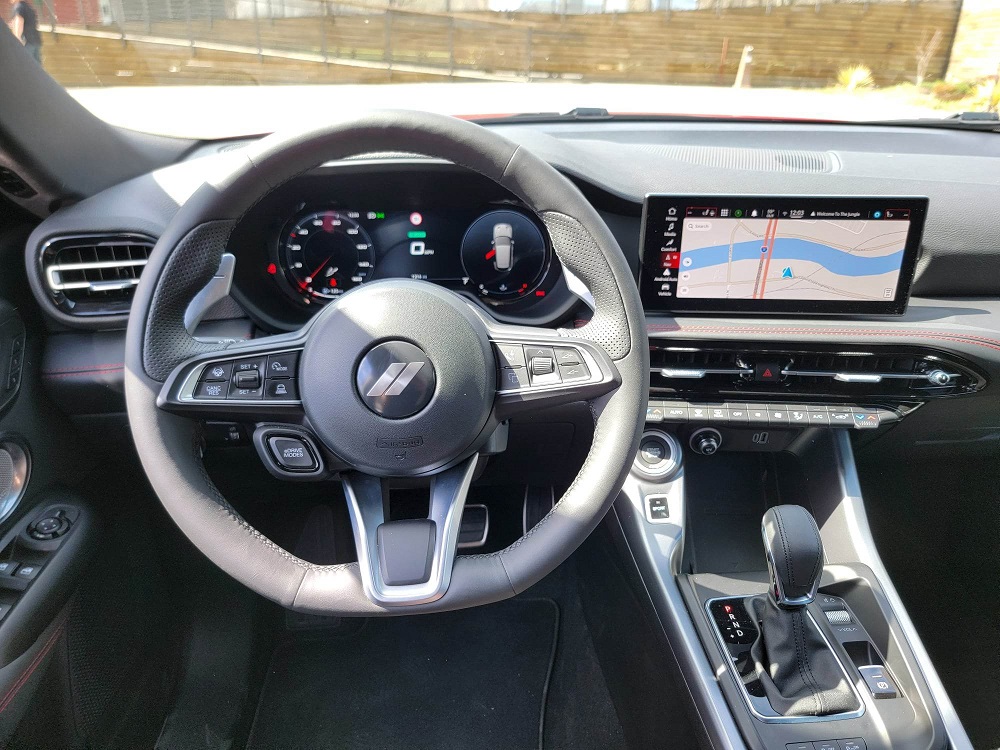
The Hornet R/T has a variety of drive modes, including the standard Hybrid mode, an All-Electric mode, the E-save mode and Sport mode. Hybrid works to maximize range, the E-save mode keeps the gasoline engine running at all times to maintain the level of drive battery charge and the All-Electric mode offers an advertised range of 30 gasoline-free miles on a full charge. As for Sport mode, that unlocks all of the fun-to-drive features that the new Hornet has to offer, sharpening up the throttle response, stiffening up the suspension and adjusting power delivery to yield the best possible acceleration with the help of the unique PowerShot feature.
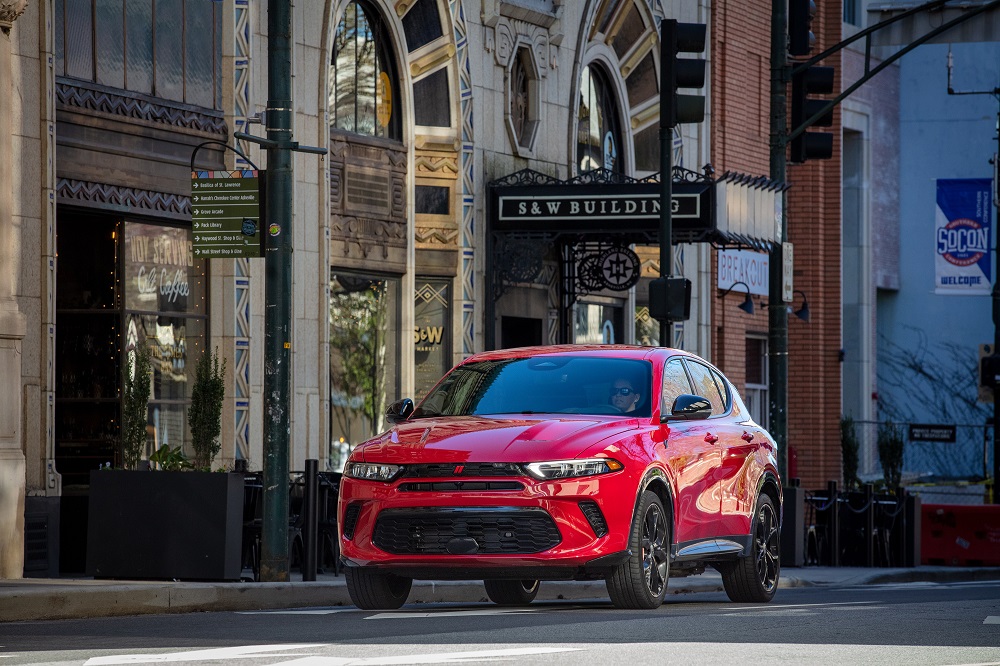
PowerShot was introduced at the global debut of the Hornet last year and it was explained then that the system allows for 15 seconds of a 30-horsepower boost in performance from the electric motor. This leads to a 0-60 time of just 5.6 seconds, but it isn’t just for hard pulls from a stop. You can also use the system while you are in motion, leading to extra passing power at higher speeds. What makes this system so cool is that once you arm the system by pulling back on both shift paddles at the same time, you have about 45 seconds to use the extra power. Once armed and ready, the system will not engage and provide that extra power until you put the accelerator pedal to the floor. When making a hard pull from a stop and from a roll, both with and without PowerShot, the advantage of that extra power is clear. It effectively works like a 30-shot of nitrous oxide that never runs out, so long as you have at least 80% of battery life remaining.
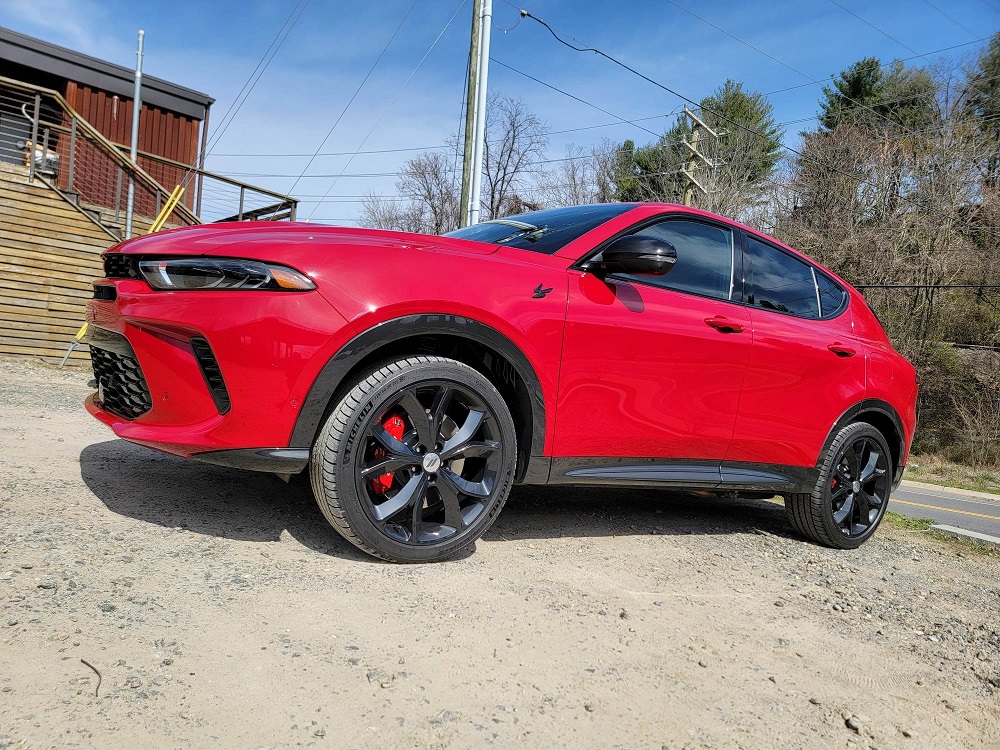
When the folks from Dodge talked about the PowerShot feature and the need to have at least 80% of charge remaining to get the full 30 horsepower, my first question was how hard it will be to maintain that level of charge. In most plug-in hybrid vehicles that I have tested, the electric drive battery runs down pretty quickly, especially on the highway, even when driving in Hybrid mode with regenerative efforts. Because of that, when I set out on my drive in the Dodge Hornet R/T, I put it in E-save mode, which would give me plenty of battery power to put the performance abilities to the test once we were out away from the dense city.
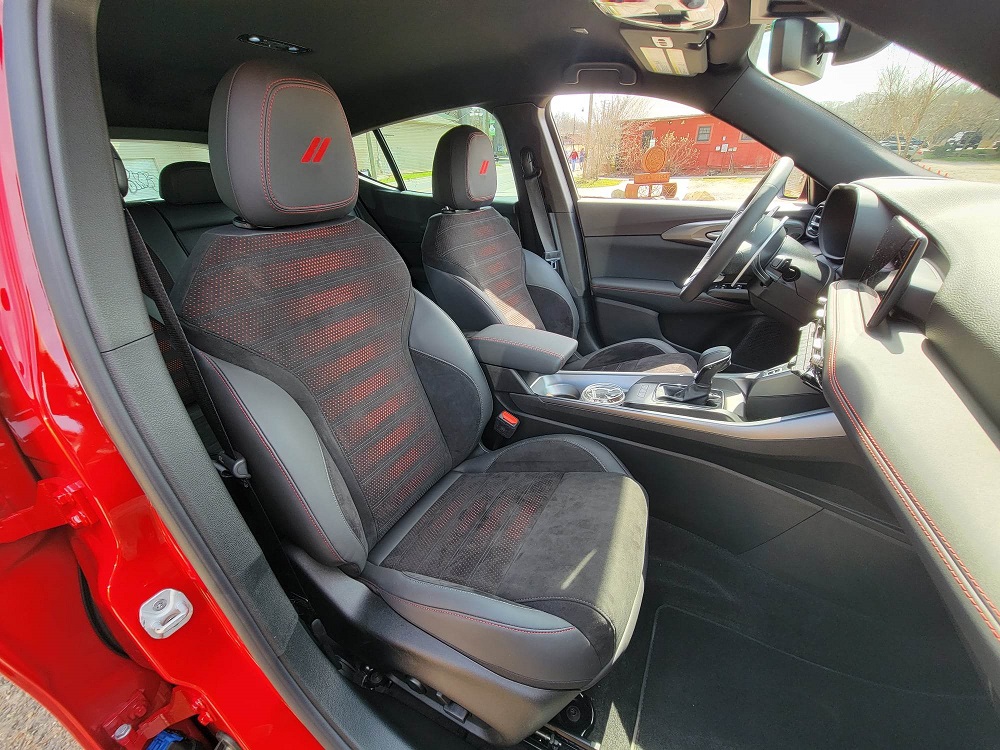
Once I got off of the highway and began my drive time through the woods of North Carolina, I switched the Hornet R/T over to Sport mode with 26 miles of electric range reported on the dashboard. I spent the better part of the next 45 minutes pushing the Hornet as hard as I could, climbing the Carolina hills with loads of hard throttle and plenty of PowerShot applications on straight stretches. When I arrived at our break stop point, I expected to check the electric range and find a big fat 0. Instead, the range was 31 miles.
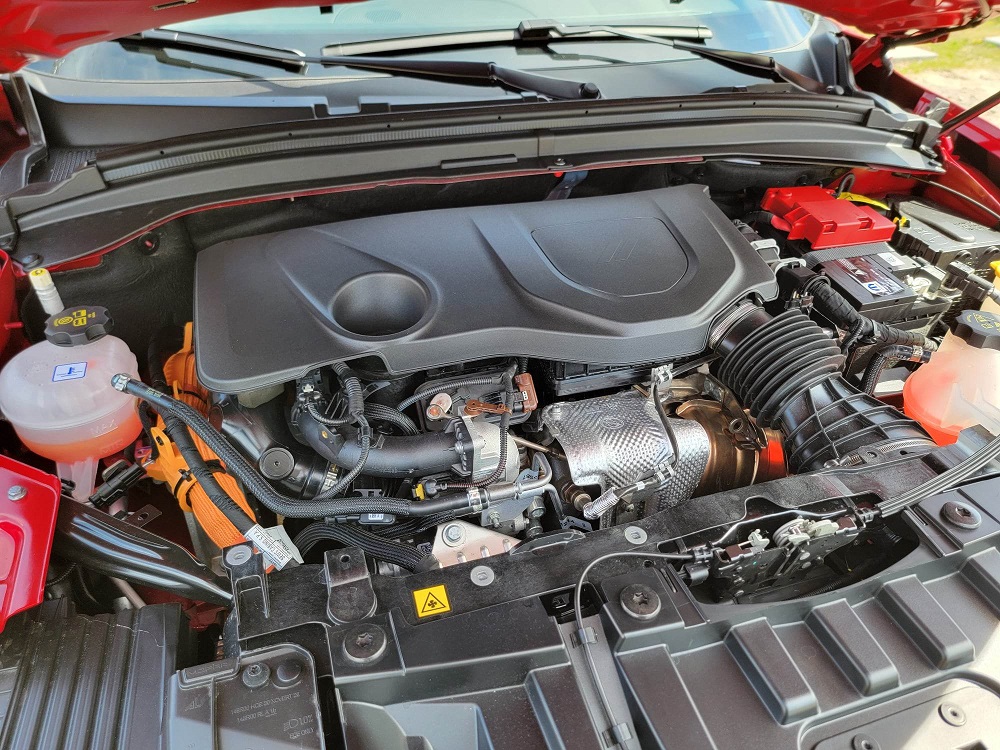
After nearly an hour of hard driving while utilizing full system power, essentially pushing the new Dodge Hornet R/T as I would push my Dodge Challenger SRT® Hellcat, it had actually gained battery range. That is how efficient the regenerative system is in the new Hornet plug-in hybrid. Between the level of charge provided by the engine and the regenerative braking system, which provides a measure of one-pedal driving, the new Hornet creates electricity faster than it burns it. As a result, during the 3+ hours I spent driving the new Hornet R/T, I was always able to use the PowerShot feature, as at no point did my range drop below 26 miles.
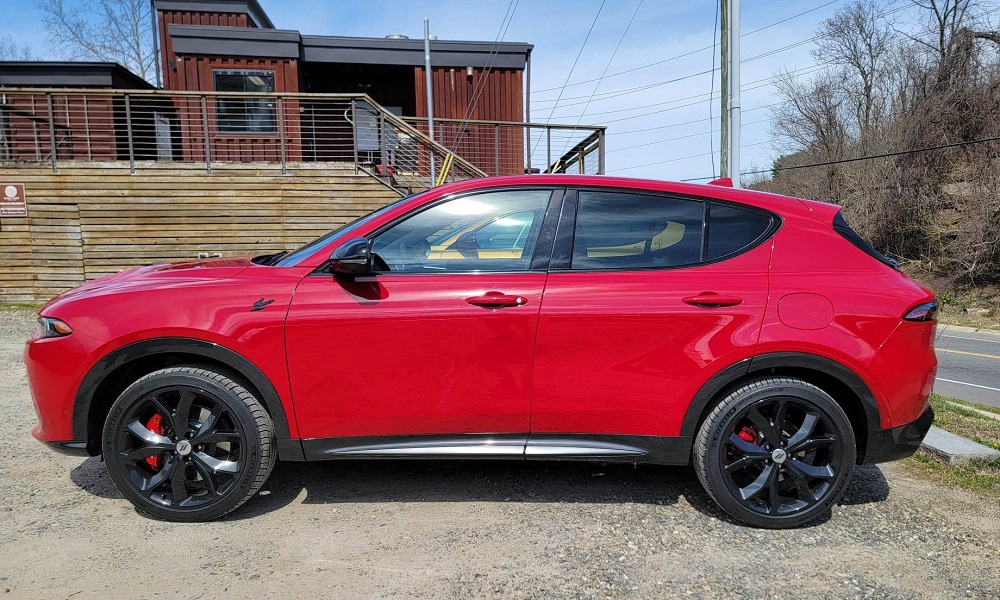
In every other plug-in hybrid I have ever tested, to build any significant amount of all-electric range, I would have to drive very gently in an E-save mode and coast down hills, but as soon as I began driving those vehicles hard, the battery power would quickly drain away. Meanwhile, I drove the Hornet PHEV as hard as I could and it continually gained battery power, so if you need more electric range with the compact Dodge crossover, you can just throw it in Sport and drive hard for a while. It sounds crazy, but that is how well the regen system works in the new Hornet PHEV.
That being said, I did not try to see how far I could make it on a single charge while driving on pure electric power, but in speaking with other journalists at the event, they got between 30 and 35 miles without using any gasoline.
Flying Through the Woods

Once we got off of the highway, we made our way to Interstate 276, a twisty mountain road that took us from Woodrow to Pisgah Forest. The narrow road cuts through dense woods with lots of tight turns and extreme switchbacks punctuated by short straights that allow you to build speed between the turns. It is an incredible road for driving a sports car or a motorcycle, but prior to driving the Hornet, I would have never guessed that I could really have fun driving that road in a compact crossover.
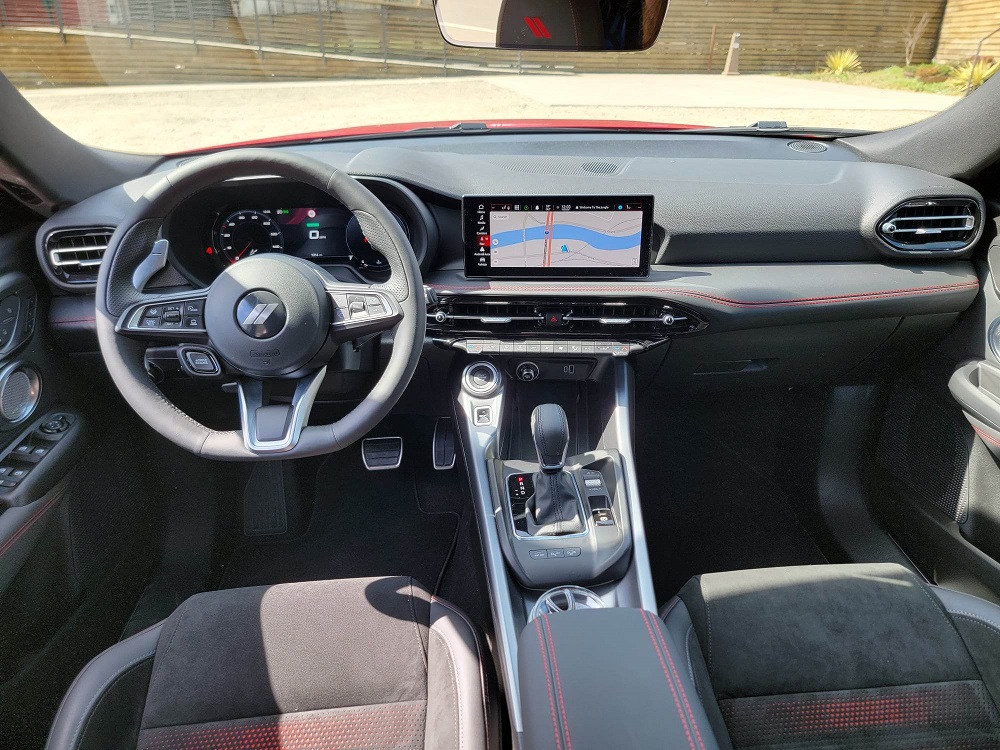
As mentioned above, I went through the twisty section with the Dodge Hornet R/T set to Sport mode, which puts the dampers to their most aggressive settings. Even when throwing the Hornet into tight turns at speed and accelerating hard out of the turns, there was almost no body roll and the Michelin rubber prevented the compact CUV from sliding under hard cornering. Granted, it is unlikely that many Hornet buyers will expect to drive their new crossover anywhere near as hard as I did, but with the brand talking about the muscle car spirit of the Hornet, I drove it like I would drive my SRT Hellcat. The Hornet is obviously different from a Challenger in every way, but the performance-minded engineering of the Dodge brand is unmistakable from behind the wheel of the compact hybrid.
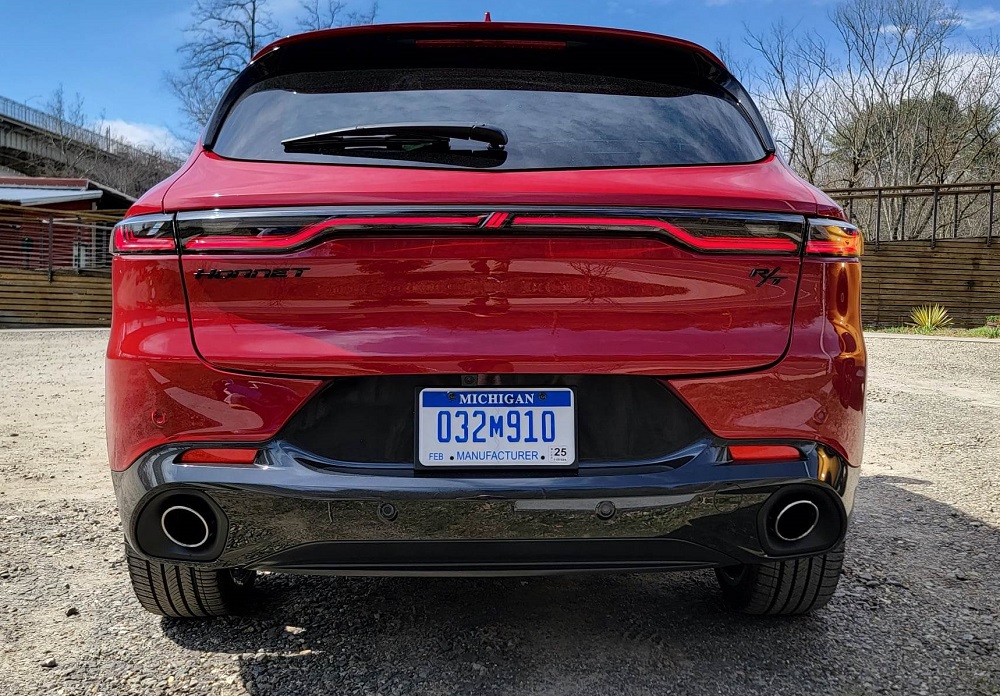
One aspect of the 2023 Dodge Hornet R/T that I really liked was the rear-drive feel that comes with the hybrid drive system. The front wheels are driven by the turbocharged engine and the rear wheels are driven by an electric motor. The electric motor delivers instant power when you hit the throttle because, unlike the gasoline engine that needs to “rev up”, electric power is instant-on. As a result, when you hit the throttle during stints of spirited driving in Sport mode, the immediate input of the rear electric motor provides the feel of a rear-drive vehicle. This is especially true when carving through a series of tight turns in a hurry, as when you come out of a tight turn and hit the throttle, the electric-driven rear wheels provide instant power. An instant later, the turbocharged gasoline engine gets up to peak output to the front wheels, allowing the Hornet R/T to pull hard out of the turns. That feel of rear drive is unique among the segment of front-wheel-drive-based vehicles, but more importantly, it creates far more engaging, exciting driving dynamics when the Hornet is being pushed to its limits.
I am not going to say that the new Hornet feels like a muscle car, but with the rear-bias feel under acceleration and the impressive handling capabilities, Dodge has clearly injected plenty of muscle car attitude into their new compact CUV. For the first time ever, a small crossover is fun to drive, but in addition to being fun to drive, the efficiency of the hybrid drive system leads to easy regeneration of battery power – so it is a great small performance vehicle and a great “green” vehicle.
Most small hybrid crossovers compromise driving dynamics in the name of efficiency, but the new Dodge Hornet R/T combines fun-to-drive factory with key hybrid aspects, including electric-only driving like no other vehicle in the segment.
